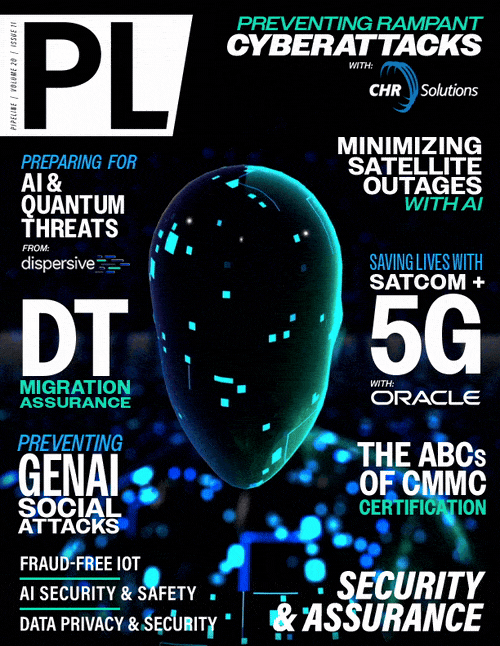Shifting the Balance: Rethinking Cybersecurity
in the Age of AI and Quantum Computing
Preparing for quantum-enabled attacks means adopting quantum-resistant encryption methods, exploring novel algorithms, and integrating them into both public and private infrastructures. The U.S. National Institute of Standards and Technology (NIST) has been leading the charge, developing quantum-resistant cryptography standards. Businesses that delay transitioning to quantum-safe protocols run the risk of being caught unprepared when these threats materialize.
Architect for Now
While preparing for the future is essential, organizations must architect for the present with existing solutions. Employing a defense-in-depth strategy, integrating multiple layers of security across hardware, software, and processes, creates an environment where no single point of failure exists. This approach leverages current cryptographic methods and commercial solutions that are proven to deter or mitigate today’s threats. Domestic and foreign entities can immediately implement these measures without waiting for emerging technologies like homomorphic encryption or delayed guidance from agencies like CISA, NIST, or NSA. By combining today’s best practices with multiple overlapping defenses, especially moving target defenses, organizations can drastically improve their security posture and reduce the impact of potential cyberattacks right now.
The Human Element: Cybersecurity's Weakest Link
As technology advances, it’s easy to forget that people remain one of the most vulnerable components of any cybersecurity system. Insider threats, whether through malicious intent or negligence, can undo even the most sophisticated defenses. As attackers refine their tactics, such as using AI to craft convincing phishing attacks, employees are increasingly falling victim to these schemes. The 2022 Verizon Data Breach Investigations Report revealed that 82 percent of breaches involved some form of human element, whether through social engineering, misuse, or human error.
Addressing this weakness requires ongoing training, regular security drills, and a culture that prioritizes cybersecurity at every level. Implementing multi-factor authentication, role-based and two-person access controls, and stringent auditing processes can help mitigate human risk. But perhaps most importantly, employees must be trained to recognize sophisticated threats in real-time.
Securing the Entire Ecosystem
As we build defenses, we must think holistically, encompassing every part of the digital ecosystem, from hardware and software to people and processes. The interconnected nature of supply chains, third-party vendors, and cloud services means that a vulnerability in one part of the ecosystem can compromise the entire system. The infamous SolarWinds attack of 2020 demonstrated how easily supply chains can be exploited, highlighting the need for comprehensive security controls that span physical and logical security.
Ensuring that all code is signed and validated, limiting the scope of vendor access, and conducting regular audits of supply chains are essential steps in safeguarding this ecosystem. Moreover, proactive engagement with industry partners and government initiatives can help identify and mitigate vulnerabilities before they are exploited.
Fostering Collaboration in the Cybersecurity Community
In the fight against cyber threats, no organization is an island. Cybersecurity professionals must foster collaboration across industries, sharing threat intelligence, best practices, and emerging solutions. Government agencies, academic institutions, and private enterprises can all benefit from working together, especially when it comes to developing standards, creating frameworks, and advancing research in next-generation defense technologies.
At Dispersive, we believe in the power of collective defense. By working closely with our partners and participating in global cybersecurity initiatives, we aim to create a more secure digital ecosystem for all.
Conclusion: Shifting the Balance of Power
The cybersecurity landscape is more complex and challenging than ever before. As attackers become increasingly sophisticated, leveraging AI and quantum technologies, defenders must rise to the occasion by adopting proactive, multi-layered strategies like AMTD and ACD. By embracing continuous innovation, securing the entire digital ecosystem, and fostering greater collaboration, businesses can tilt the balance of power away from attackers and toward defenders.
As the future unfolds, the organizations that will thrive are those that embrace the challenges ahead and take proactive steps to defend against an evolving array of threats. In this digital arms race, innovation, vigilance, and collaboration are our most potent weapons. Together, we can build a more secure future.



















